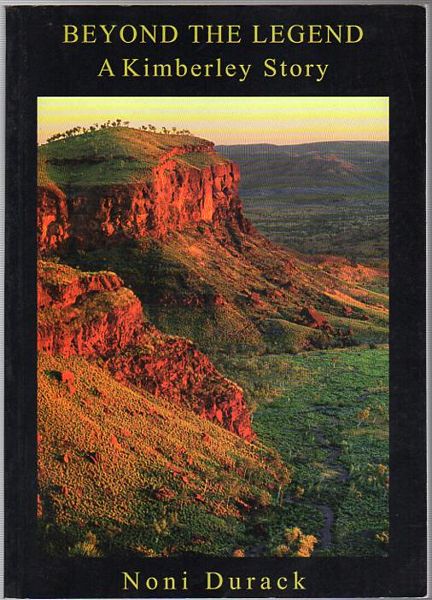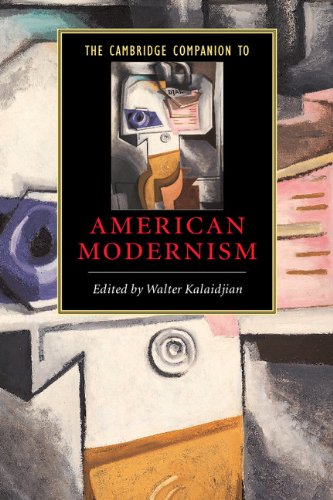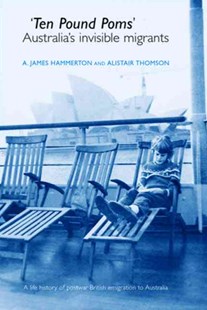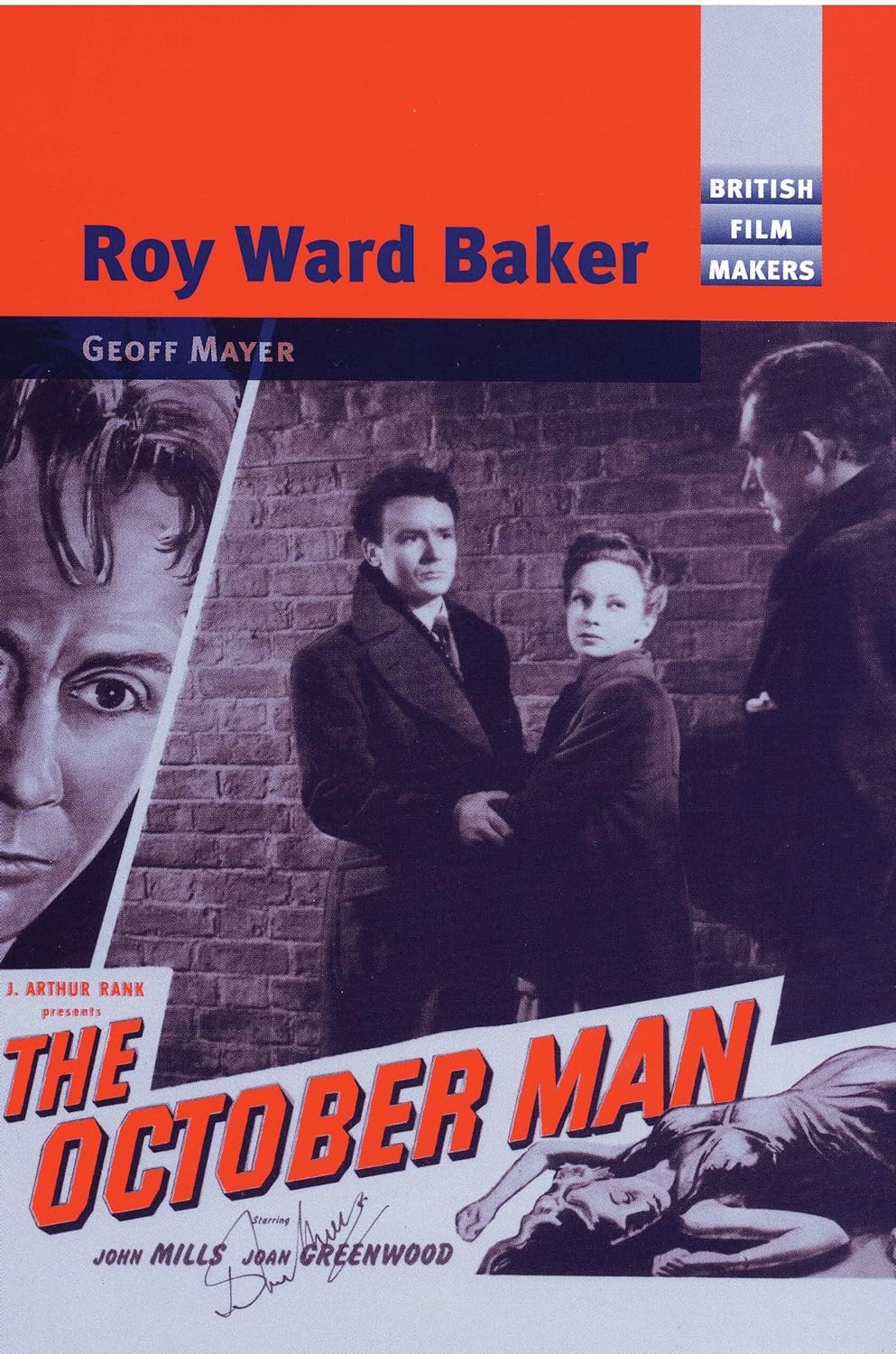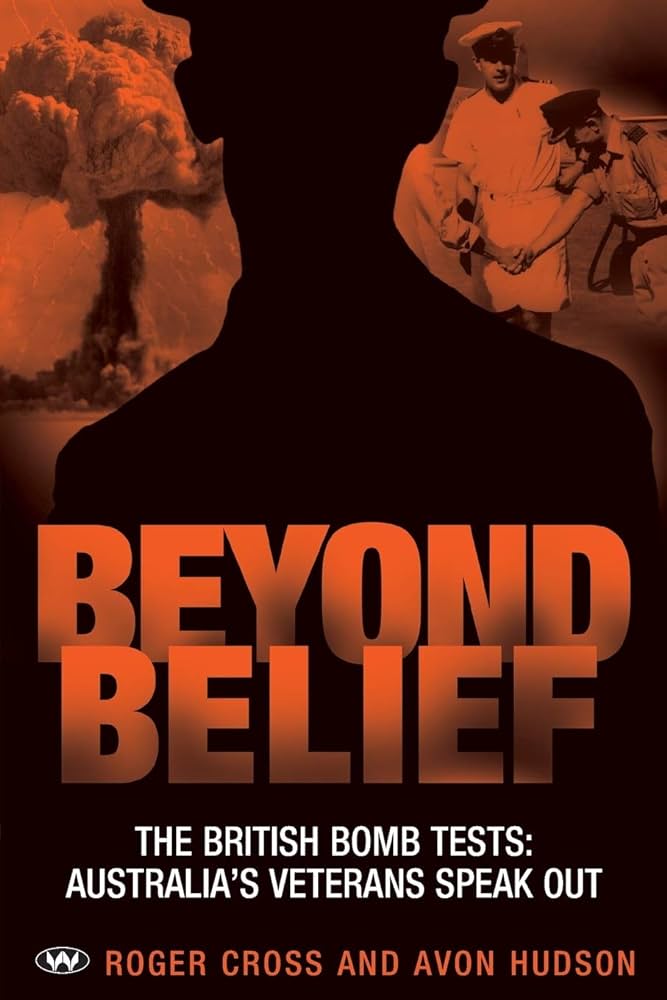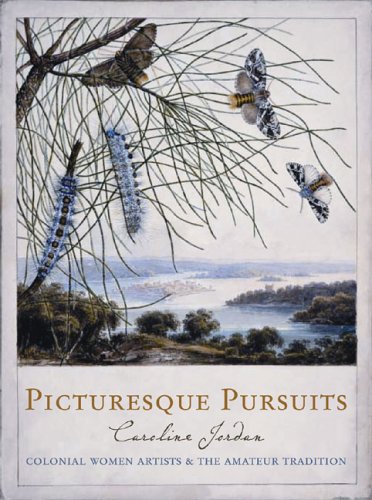Review
Beyond The Legend by Noni Durack & Out Of The Silence by Wendy James
by Christina Hill •
The Ancient Capital of Images by John Mateer & The Yellow Dress by Yve Louis
by Michael Sariban •
There, Where the Pepper Grows by Bem Le Hunte & Behind the Moon by Hsu-Ming Teo
by Lisa Gorton •
The Cambridge Companion to American Modernism by Walter Kalaidjian
by Heather Neilson •
Ten Pound Poms: Australia’s invisible migrants by A. James Hammerton and Alistair Thomson
by Mark Peel •
Beyond belief: The British bomb tests: Australia’s veterans speak out by Roger Cross and Avon Hudson
by Wayne Reynolds •
Picturesque Pursuits: Colonial women artists and the amateur tradition by Caroline Jordan
by Sarah Russell Scott •


